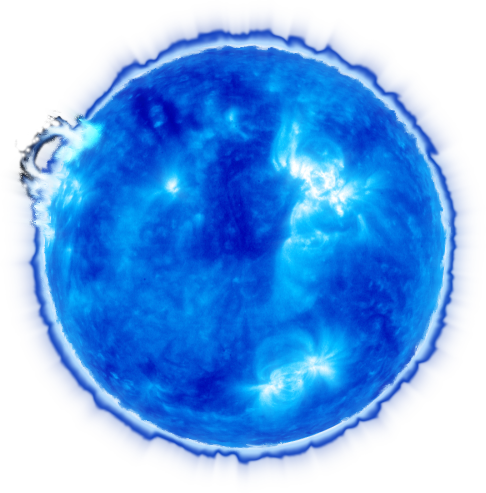

They collected a lot of data about the Sun. Planetary systemĮarly space probes designed to collect information about the sun were NASA's Pioneers 5 through 9 and the Helios 1 and 2. They also try to tell when solar storms will go to other parts of the Solar System. They try to tell when solar storms will hit Earth. Forecasters study the Sun to figure out when flares will happen. Just like we can get Earth weather forecasts, we can get Solar weather forecasts. We have pictures of auroras on every planet except Mercury and Pluto. Solar weather affects other planets, too. They are called Southern Lights (Aurora Australis) if they are near the South Pole. They are called Northern Lights (Aurora Borealis) if they are near the North Pole. Auroras look like beautiful curtains of shimmering light. The Earth’s magnetic field and atmosphere usually protect us from flares. Radiation from an extreme solar storm could be very dangerous for astronauts, so they must be protected. This could cause electrical blackouts or block radio signals. If a solar flare is aimed towards Earth, protons - subatomic particles with positive electric charge - can be shot at Earth at high speed, and a solar storm could result. Solar flares shoot a lot of very hot gas out from the Sun. Solar weather (also called space weather) includes sunlight and the solar wind. It extends out past the orbit of Pluto to the heliopause, where it forms a boundary where it collides with the interstellar medium. The heliosphere is the thin outer atmosphere of the Sun, filled with the solar wind plasma. It can be seen during a solar eclipse or with an instrument called a coronagraph. We do not understand why the corona is so hot. The corona continuously expands into space forming the solar wind, which fills all the Solar System. The corona is the outer atmosphere of the Sun and is much bigger than the rest of the Sun. At the top, the transition layer touches the corona. In the bottom part it touches the photosphere and gravity shapes the features. The transition is between two very different layers. It can be seen from space using telescopes that can sense ultraviolet light. The solar transition region is the part of the Sun's atmosphere, between the chromosphere and outer part called the corona. The chromosphere is the first layer of the Sun which can be seen, especially during a solar eclipse when the moon is covering most of the Sun and blocking the brightest light. These molecules can be seen on the Sun with special instruments called spectroscopes. This part of the Sun is cool enough to allow simple molecules such as carbon monoxide and water to form. The minimum temperature zone, the coolest layer of the Sun, is about 500 kilometres (310 miles) above the photosphere.

It is believed that Alfvén waves may pass through to heat the corona. The chromosphere, transition region, and corona are much hotter than the outer photosphere surface of the Sun. Total eclipse of the sun, the violet color shows the sun's chromosphereįive layers make up the atmosphere of the Sun. It can take between 10,000 and 170,000 years for the energy in the core of the Sun to escape. The Sun fuses about 600 million tons of hydrogen into helium every second. 1.3 million Earths can fit inside the Sun. This is 333,000 times the mass of the Earth. The Sun is about a hundred times as wide as the Earth. It is going to continue for at least as long. It has existed for a little over 4.5 billion years. The Sun is a type of star called a G-type main-sequence star based on its spectral class. The Sun is a star like many others in our Milky Way galaxy. Nuclear fusion is the reaction in the star which turns hydrogen into helium and makes huge amounts of energy. The source of all this energy is nuclear fusion. It also gives off a stream of particles, which reaches Earth as " solar wind". That includes light, infra-red energy (heat), ultraviolet light and radio waves. The Sun is the star in the center of our solar system. ≈ 370 km/s (relative to the cosmic microwave background) ≈ 20 km/s (relative to average velocity of other stars nearby) ≈ 220 km/s (orbit around the center of the Milky Way)


 0 kommentar(er)
0 kommentar(er)
